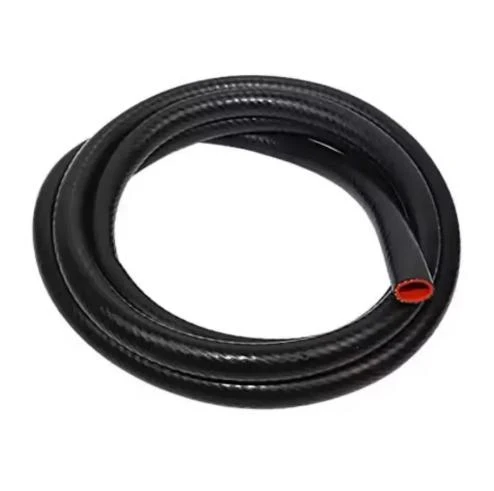
- Afrikaans
- Albanian
- Amharic
- Arabic
- Armenian
- Azerbaijani
- Basque
- Belarusian
- Bengali
- Bosnian
- Bulgarian
- Catalan
- Cebuano
- Corsican
- Croatian
- Czech
- Danish
- Dutch
- English
- Esperanto
- Estonian
- Finnish
- French
- Frisian
- Galician
- Georgian
- German
- Greek
- Gujarati
- haitian_creole
- hausa
- hawaiian
- Hebrew
- Hindi
- Miao
- Hungarian
- Icelandic
- igbo
- Indonesian
- irish
- Italian
- Japanese
- Javanese
- Kannada
- kazakh
- Khmer
- Rwandese
- Korean
- Kurdish
- Kyrgyz
- Lao
- Latin
- Latvian
- Lithuanian
- Luxembourgish
- Macedonian
- Malgashi
- Malay
- Malayalam
- Maltese
- Maori
- Marathi
- Mongolian
- Myanmar
- Nepali
- Norwegian
- Norwegian
- Occitan
- Pashto
- Persian
- Polish
- Portuguese
- Punjabi
- Romanian
- Russian
- Samoan
- scottish-gaelic
- Serbian
- Sesotho
- Shona
- Sindhi
- Sinhala
- Slovak
- Slovenian
- Somali
- Spanish
- Sundanese
- Swahili
- Swedish
- Tagalog
- Tajik
- Tamil
- Tatar
- Telugu
- Thai
- Turkish
- Turkmen
- Ukrainian
- Urdu
- Uighur
- Uzbek
- Vietnamese
- Welsh
- Bantu
- Yiddish
- Yoruba
- Zulu

Peb . 03, 2025 01:41 Back to list
r1 hydraulic hose


R1 hydraulic hoses are often preferred for their balance between performance and cost-effectiveness. They are less expensive compared to their higher-pressure counterparts like R2 or R3 hoses, yet they do not compromise on efficiency for systems that do not demand extreme pressure thresholds. Additionally, their flexibility allows for easy installation and routing, which is especially beneficial in complex machinery with spatial constraints. For users and purchasers, trustworthiness in using R1 hydraulic hoses can be anchored on sourcing from renowned manufacturers known for adhering to international standards such as SAE J517 or EN 853. These standards ensure that the hoses have passed stringent quality tests for durability, performance, and safety. Furthermore, regular maintenance and inspection of hoses for wear and tear, abrasion, and leaks are pivotal practices that underpin reliable system performance and longevity. In conclusion, R1 hydraulic hoses, with their robust design and versatile applications, are a cornerstone in the realm of hydraulic systems. Leveraging these hoses effectively requires a combination of technical insight, practical experience, and a commitment to maintenance. By selecting high-quality R1 hoses and adhering to best practices, industries can ensure operational reliability, efficiency, and safety. As technology advances, staying informed about the latest developments and innovations in hydraulic hose technology is essential for continued expertise and optimal performance.
Latest News
Steel Wire Reinforced Hydraulic Hose SAE 100 R1 / EN853 1SN S
NewsOct.17,2024
Two Layers Steel Wire Reinforced Hydraulic Hose SAE 100 R2 / EN853 2SN
NewsSep.03,2024
Textile Braid Reinforced Hydraulic Hose SAE100 R3+R6
NewsSep.03,2024
Textile Reinforced Hydraulic oil Suction Hose with embedded Steel Wire SAE 100 R4
NewsSep.03,2024
Single Wire Braid and Textile Covered Hydraulic Hose SAE 100 R5
NewsSep.03,2024
High Pressure Thermoplastic Hydraulic Hose SAE 100 R7 / EN855 R7 - SAE 100 R8 / EN855 R8
NewsSep.03,2024
Heavy Duty Four-layer Steel Wire Spiral Reinforced Hydraulic Hose SAE100R9+R10+R12
NewsSep.03,2024
Heavy Duty Multi-layer Steel Wire Reinforced Hydraulic Hose SAE100R13 SAE100R15
NewsSep.03,2024
Latest Products










